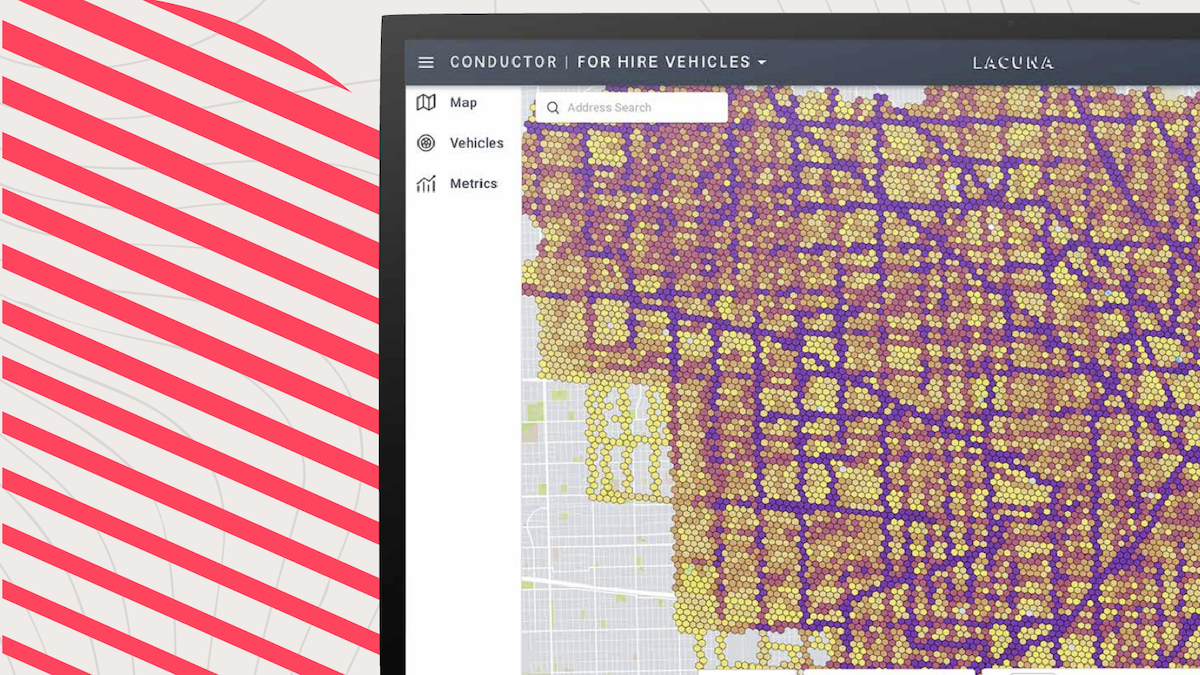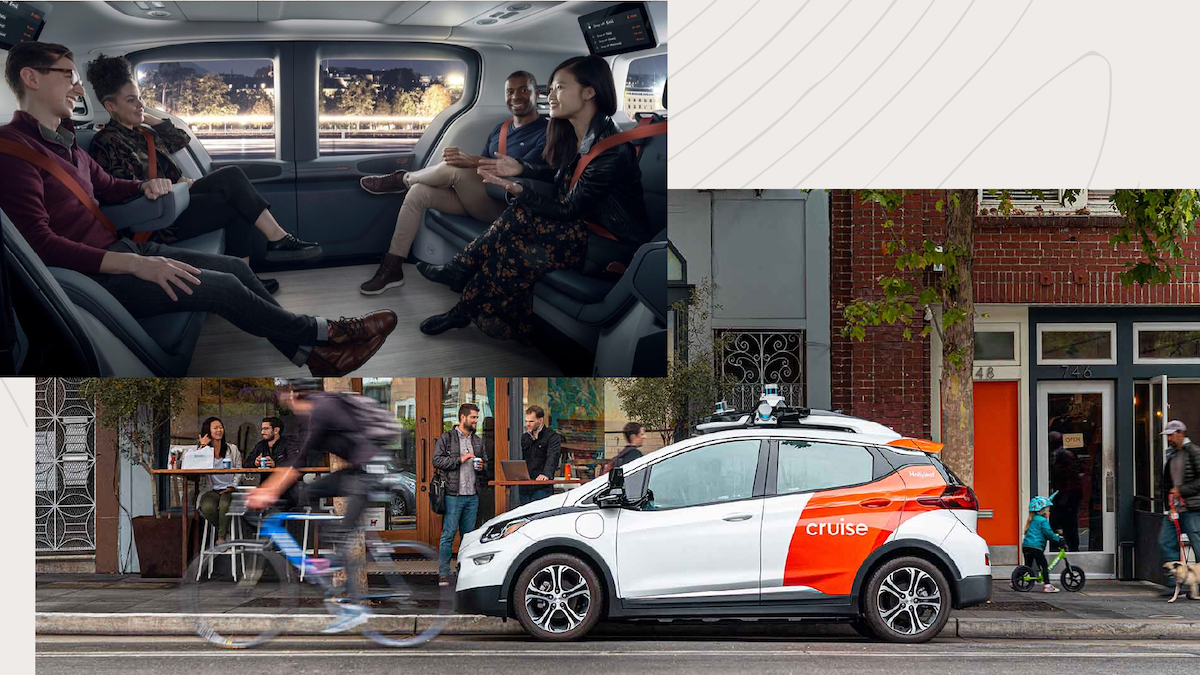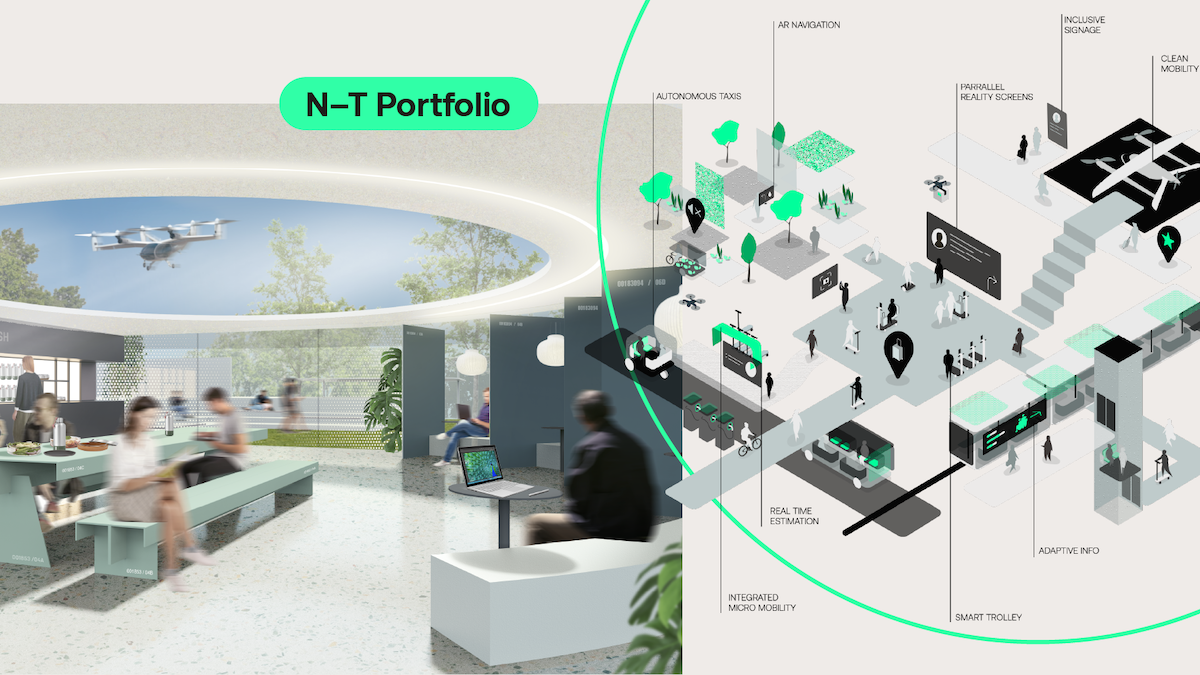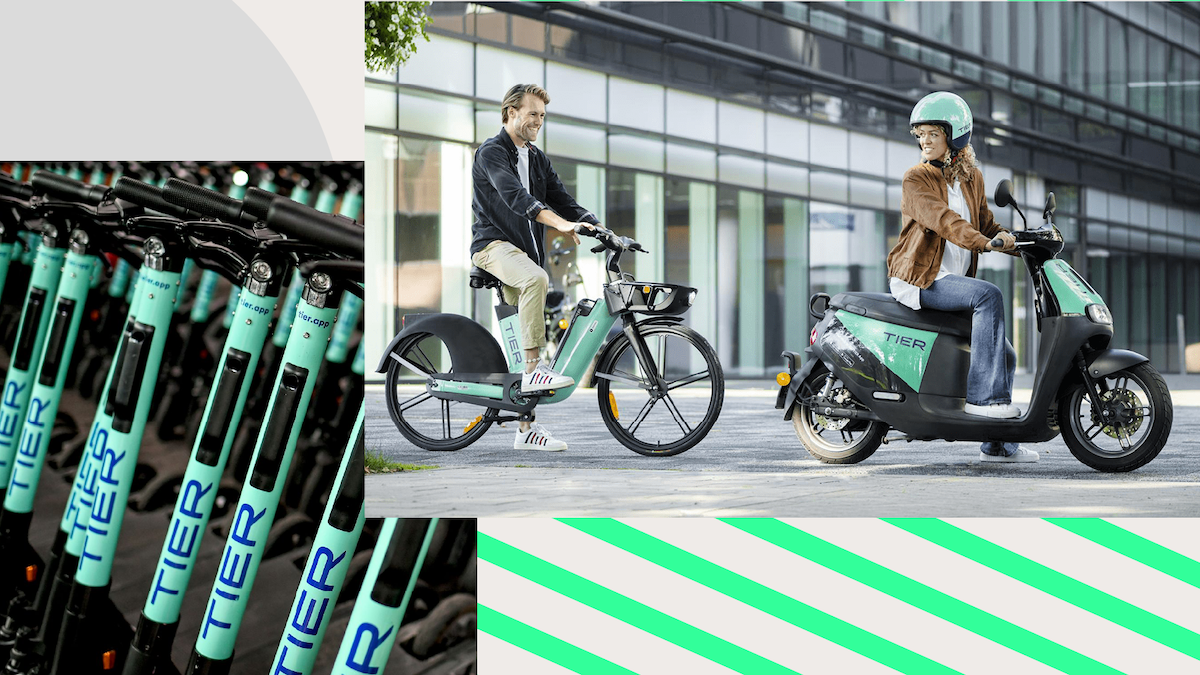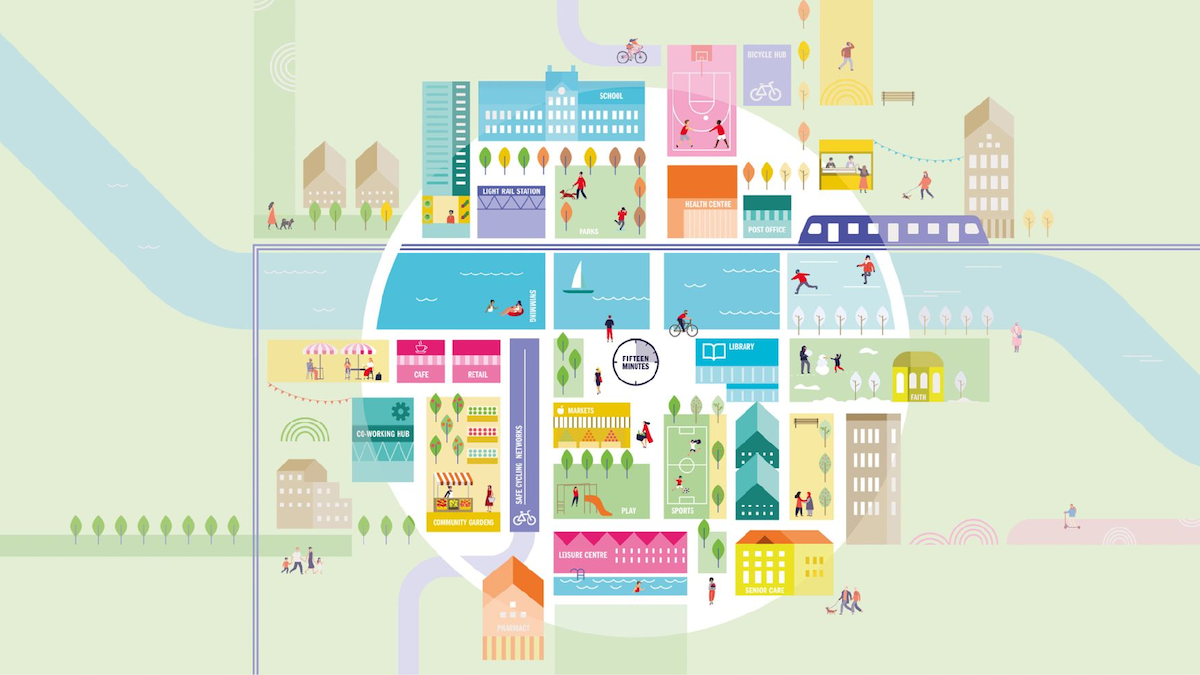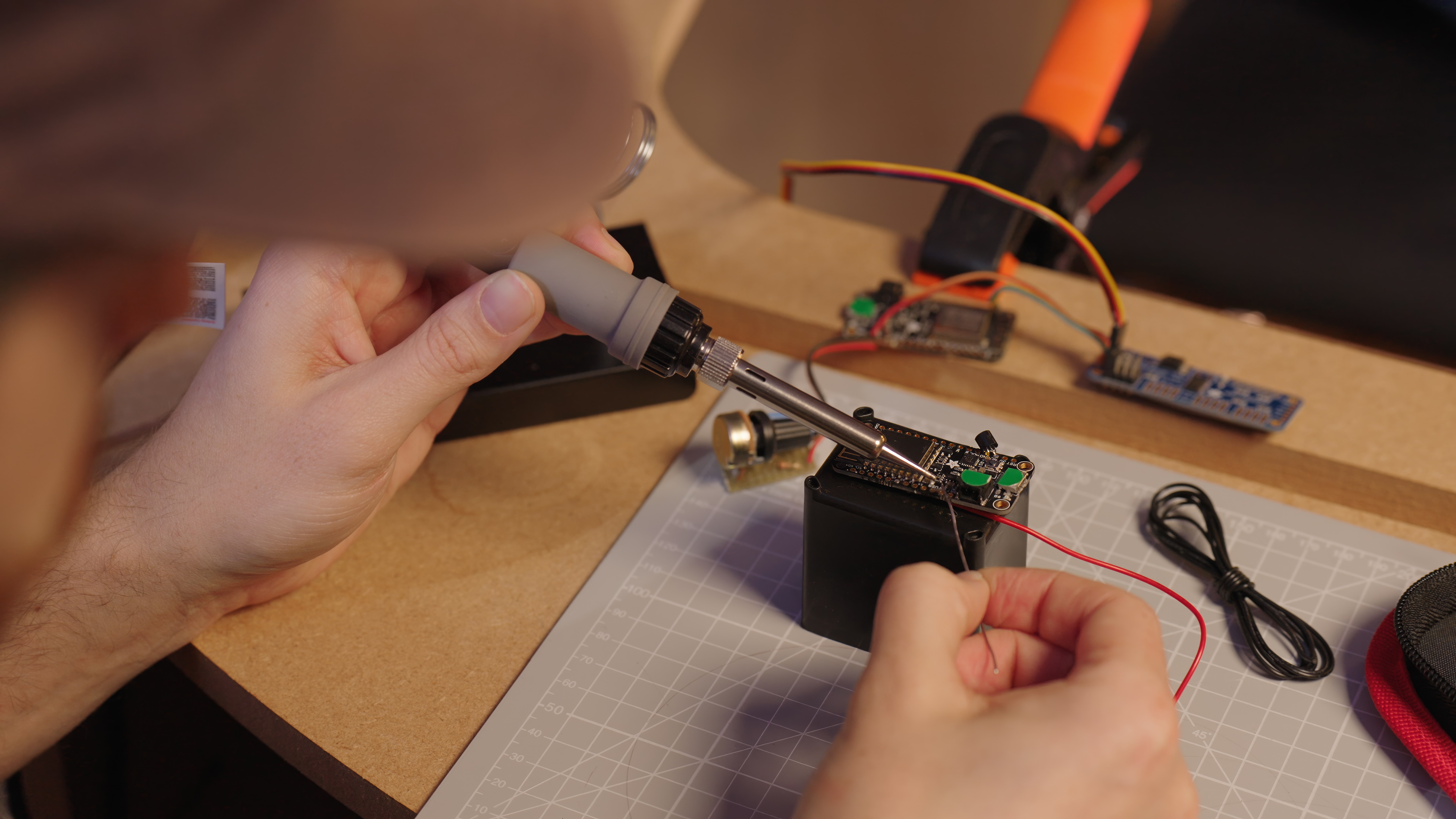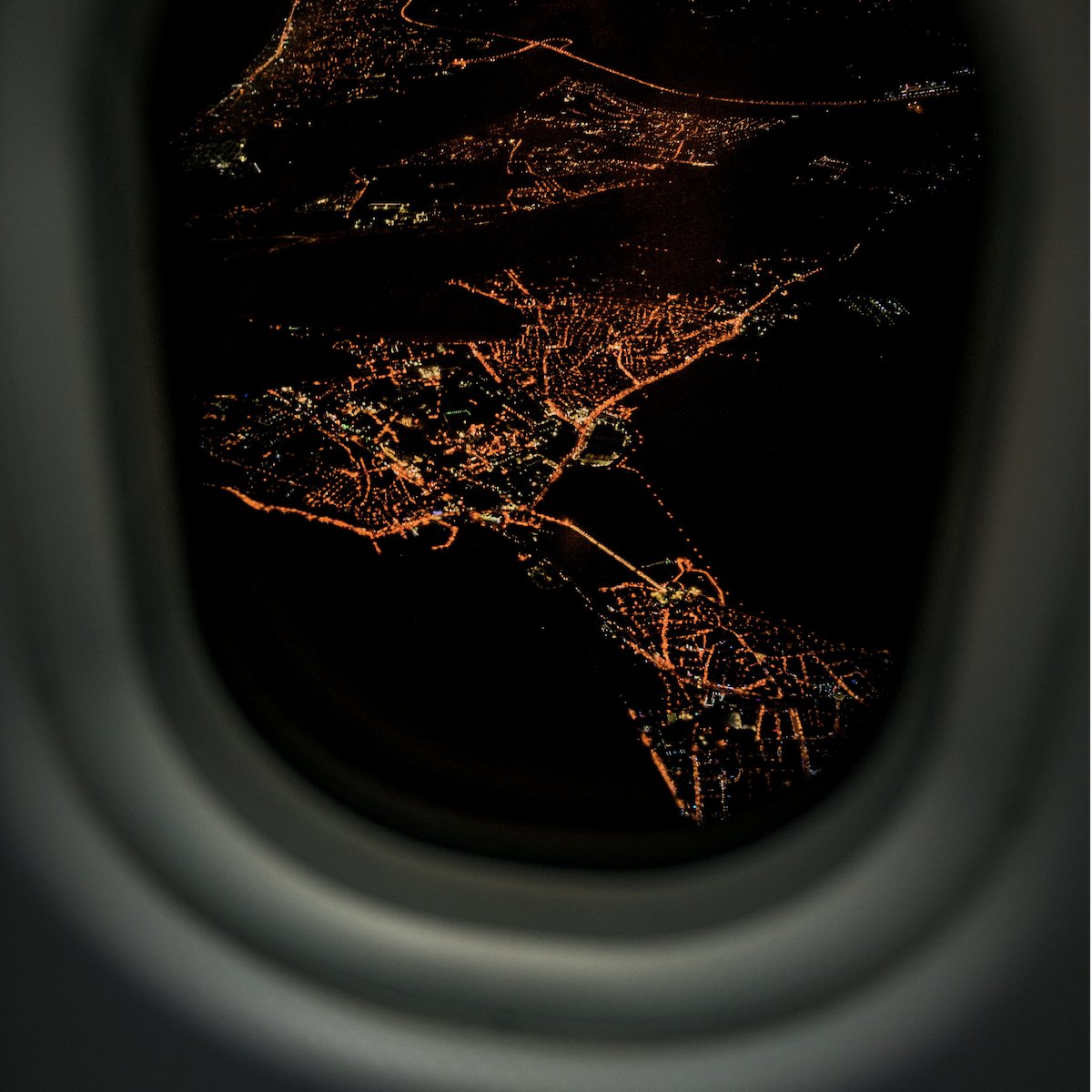
We foresee future worlds of product, service and experience which blend mobility modalities to create easily navigated, access-focused journeys through cities and spaces.
Here we unpack 5 perspectives that envision future mobility within cities: City Links, Experiential Streets, Moving People, Mobility Habits and The Liveable City.
